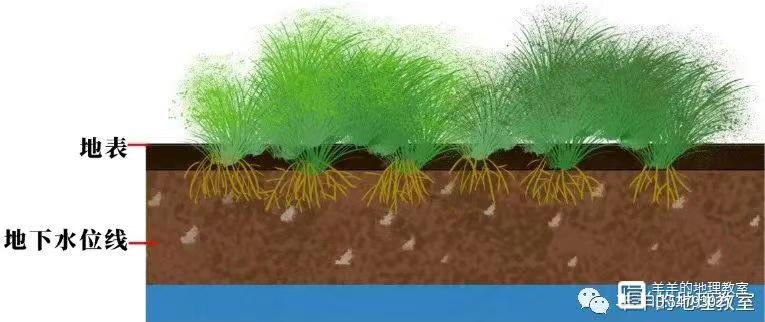A solution to land sailnization
Biologically improved saline-alkali land is barren and soil fertility is poor. Therefore, in the process of transformation, it is an important measure to improve salinity by planting paddy fields, planting saline-alkali tolerant crops, and increasing the content of soil organic matter. Salinization threatens about 950 million hectares of the world's soil. In general, biological modification is the most economical efficiency, that is, planting plants in saline soil.
There is such a class of plants, which can be found in highly saline soils.
Soil growth not only has rich edible and medicinal value, but also can reduce meltable salt ions in saline soil and improve the physical and chemical properties of soil. This is the halophyte. According to the accumulation and transport characteristics of salt ions in plants, halophytes can be divided into the three categories. 
Plants such as Tamarix and Hematophyllum belong to salt-secreting plants.
Salt-secreting plants have salt-secreting structures such as salt glands and vesicles. Through these salt-secreting structures, they can excrete excess salt isolates from the body. In addition, according to the different salt structures, salt-secreting plants can be further divided into two categories: outward or inward. Plants with salt glands secrete salts outside the body, such as long-leaved red sand (exotic salt plants), while plants with vesicles on the leaf surface secrete salts into the vesicles for temporary storage. For example, Siberian quinoa (endocrine salt plant). Plants such as Suaeda and Salsa. Salsa belong to euhalophytes, which are divided into mesophytic euhalophytes that accumulate salt ions in the succulent tissues and vacuoles of leaves, and succulentized euhalophytes that accumulate salt ions in vacuoles and succulent stems. Finally, plants like reeds, star grass, etc. Salt ions accumulate in parenchyma vacuoles and root xylem parenchyma tissues, which are called salt-repellent plants.
In a word, biological improvement measures are to reduce the evaporation of soil water through plants, reduce the rate of surface salt accumulation, plant salt absorption can reduce soil salt content, plant roots interspersed with soil can change soil physical properties, and promote soil desalination.
vedio:
https://v.douyin.com/iRr1AobD/




